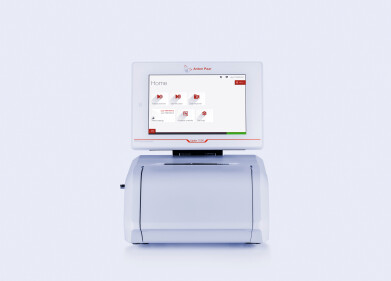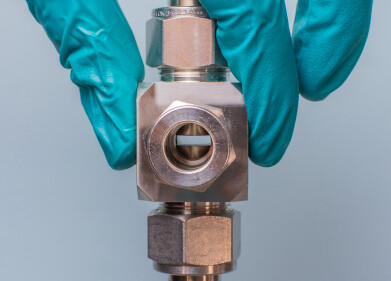Mass Spectrometry & Spectroscopy
Food Safety Improved with new method to Identify Markers for Horse Meat Veterinary Drug Residue Phenylbutazone
Jun 12 2013
AB SCIEX have announced that its scientists have developed a new method for detecting horse tissue present in meat samples. This is in response to recent reports, including the Food Standards Agency's announcement earlier this year, that horse and pig DNA had been identified in beef products sold in several supermarket chains in Europe.
The new AB SCIEX method, which is based on LC/MS/MS, represents a novel, more accurate approach to meat speciation. It detects the protein markers distinct to specific meat species and confirming the presence of a particular species in a sample by direct detection. The method also enables laboratories to detect veterinary drug residues in the same analysis.
While the method was optimised to identify horse tissue contamination in beef samples, it may also be adapted to detect peptide markers of numerous different animal types simultaneously. Ultimately, the method has the power to identify horse meat that may be present in other tissue samples (such as pork, beef or lamb) by its unique protein markers.
The horse meat markers that AB Sciex scientists identified have been independently verified by research scientists at the University of Münster. In addition, AB Sciex scientists used the method in a recent LGC Standards proficiency testing scheme, confirming that the method can easily detect horse meat in beef at levels of 10% with no false positives. The method was then adapted to detect horse meat at levels as low as 1% in beef samples, making the method detection limits comparable to those achieved with existing methodologies such as ELISA and PCR.
The new method was developed on an AB SCIEX LC/MS/MS platform, consisting of an AB SCIEX QTRAP® 5500 LC/MS/MS system coupled with an Eksigent ekspertTM micro LC system. The QTRAP® 5500 system uses multiple reaction monitoring (MRM) to detect each peptide and is then capable of providing sequence information by acquiring a product ion scan for each triggered MRM, which can be used to confirm the peptide's identity. This gives greater confidence for food testing when distinguishing between species. This is especially significant because, for example, horse and beef proteins may differ by as little as one or two amino acids.
Digital Edition
Lab Asia 31.6 Dec 2024
December 2024
Chromatography Articles - Sustainable chromatography: Embracing software for greener methods Mass Spectrometry & Spectroscopy Articles - Solving industry challenges for phosphorus containi...
View all digital editions
Events
Jan 22 2025 Tokyo, Japan
Jan 22 2025 Birmingham, UK
Jan 25 2025 San Diego, CA, USA
Jan 27 2025 Dubai, UAE
Jan 29 2025 Tokyo, Japan



















